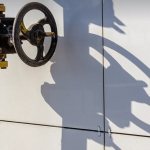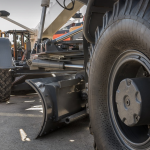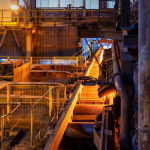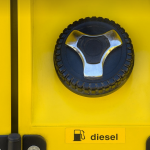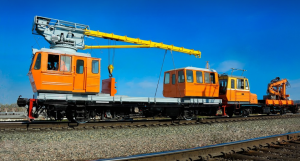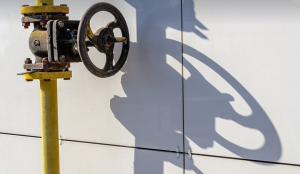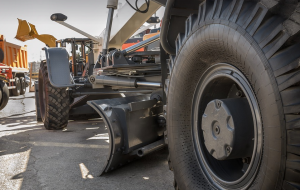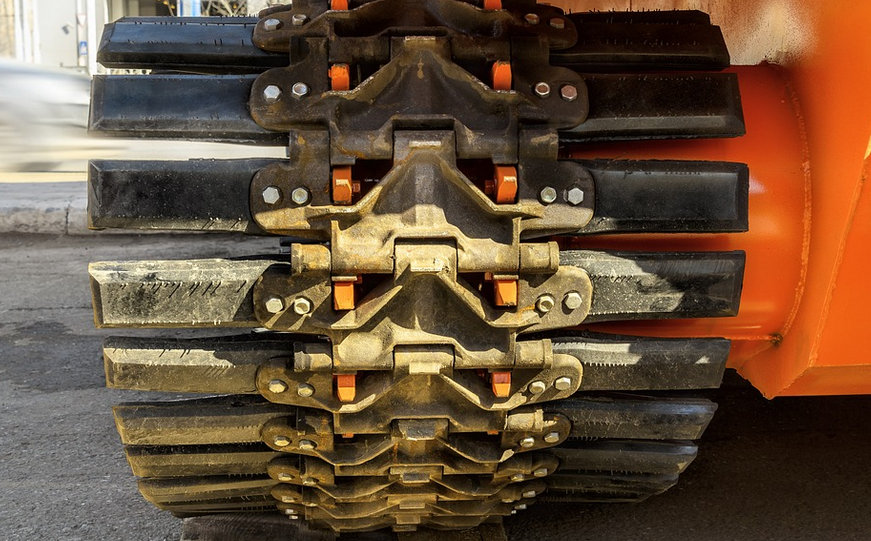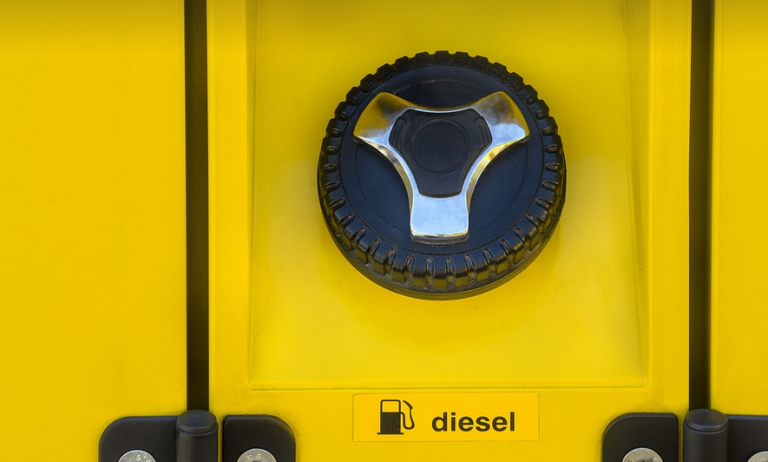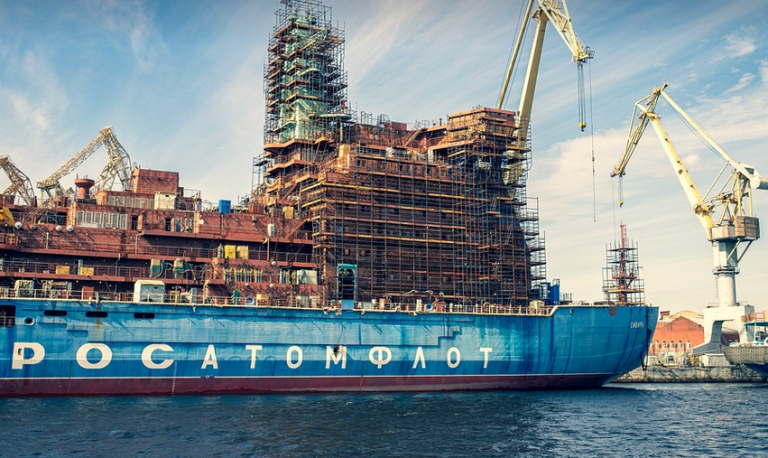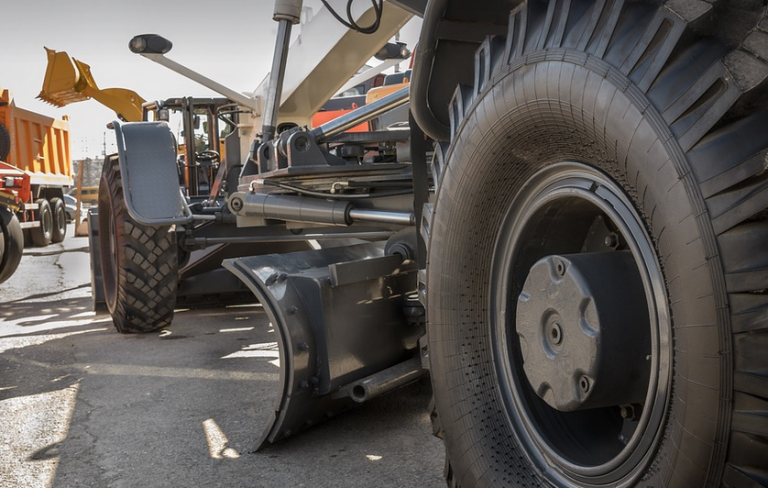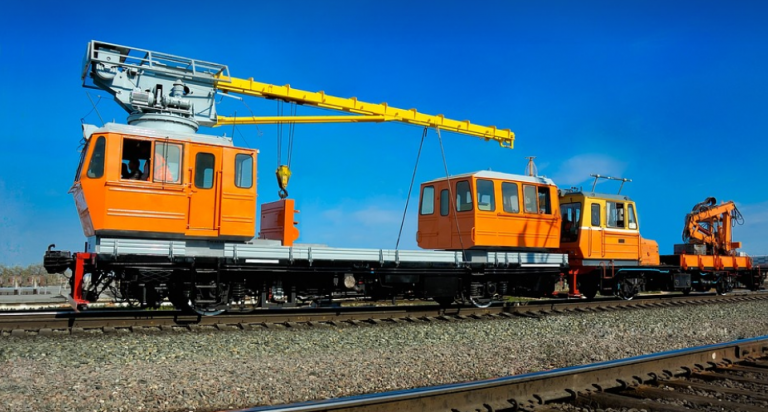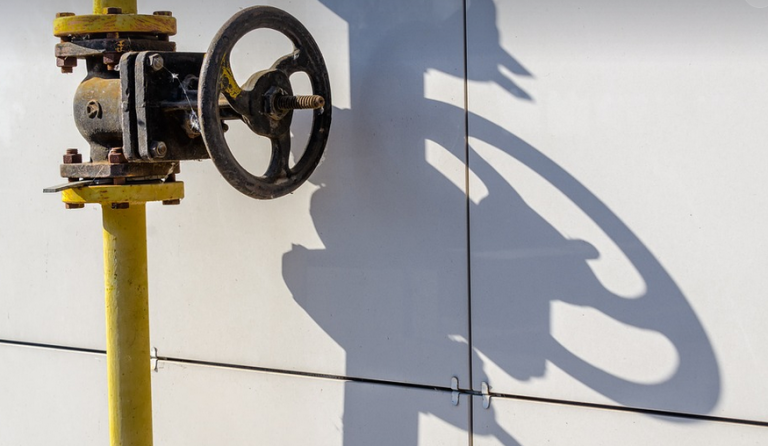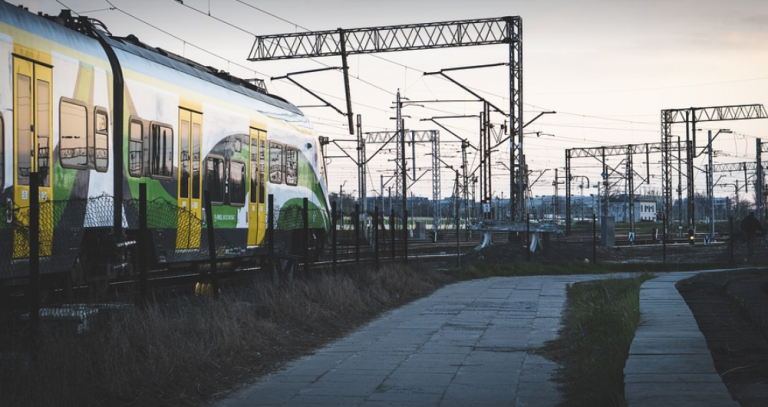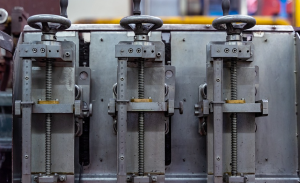Welding, by its very nature, is an energy-intensive process that generates heat. This heat breaks down the metal and melts it together. While this process creates bonds stronger than anything you can achieve with a hammer and nails, it also produces hazardous fumes, sparks, and extreme temperatures – all of which demand careful attention and safety procedures.
### Fume-Filled Adventures: The Invisible Threat in Welding Think about that time your oven baked a delicious cake. You could smell the sweet aroma wafting through the air as you walked past it – sometimes, even with the window open! But when welding stainless steel, things get more complex. The fumes produced are less pleasing and often, much more harmful to our health.
Specifically, welding stainless steel produces fumes containing hazardous elements like chromium, nickel, manganese, and fluorine. These elements can irritate your eyes, nose, throat, and lungs. Chronic exposure, especially of these metals in the form of vapors, is linked with serious respiratory problems.
The nature of these fumes makes them particularly challenging to deal with. Unlike the smell of fresh bread baking and the warmth of a fireplace on a chilly night, welding fumes often require specialized ventilation systems to remove the pollutants efficiently.
### Sparks Fly: Fire Hazards in the World of Stainless Steel Welding The sparks flying off the stainless steel as you weld it are beautiful, but they also pose a fire risk.
Welding generates extreme heat from the welding process. This high-temperature heat can cause a metal to melt and then vaporize. When these vapors mix with oxygen in the air, a flammable reaction occurs – this is what we call combustion.
If you don’t have proper fire suppression equipment and procedures in place, these sparks could easily ignite nearby combustible materials like paper or cloth. This can be especially dangerous if you are working on an exposed structure where your welding work might create a spark that ignites flammable material.
Keeping a safe distance from hot metal is crucial; it’s even more important to ensure that there are no nearby sources of ignition – and most importantly, always have fire extinguishers readily available just in case.
### A Blast From the Past: Heat-related Hazards in Welding One thing you won’t see or feel when you look at stainless steel is heat. But this material can become incredibly hot during welding! The high temperature created by the welding process can cause burns and other injuries if not handled cautiously.
When exposed to intense heat, stainless steel can reach temperatures exceeding 1000 degrees Celsius. This is much higher than what a regular oven reaches, and it’s essential to be aware of these potential risks. If you’re new to welding, practicing safety measures is paramount.
### The Importance of Personal Protective Equipment (PPE)
Welding stainless steel comes with inherent dangers that require appropriate protective gear for the welder’s safety and well-being. Using proper PPE isn’t just about being safe, it’s a matter of ensuring your work is more efficient and less prone to errors.
Here are some essential PPE items you should use when welding stainless steel:
* **Welding Helmet:** This shield protects your eyes from the intense glare emitted by the arc. * **Gloves:** These protect your hands from heat, sparks, and hot metal. Opt for gloves with high dielectric strength for proper protection. * **Long-sleeve shirt and pants:** Protect your entire body from potential burns.
Always make sure that your PPE is in good condition and fits perfectly before using it.
### Training, Planning, and Safety First! Welding stainless steel can be a challenging task that requires specialized knowledge. It’s not something you should attempt without proper training and planning. If you’re new to welding, consider taking a course from a qualified instructor.
Training not only gives you the knowledge and skills but also helps you understand safety precautions. Understanding these will help you make informed decisions during your project. Planning ahead for potential issues can help you avoid accidents and ensure your safety throughout the process.
### Remember, Safety First!
Welding is an art that requires skill, practice, and most importantly – a strong commitment to safety!
The challenges of stainless steel welding are real. But with proper training, the right PPE, and adherence to safety protocols, you can safely enjoy the benefits this material offers.

